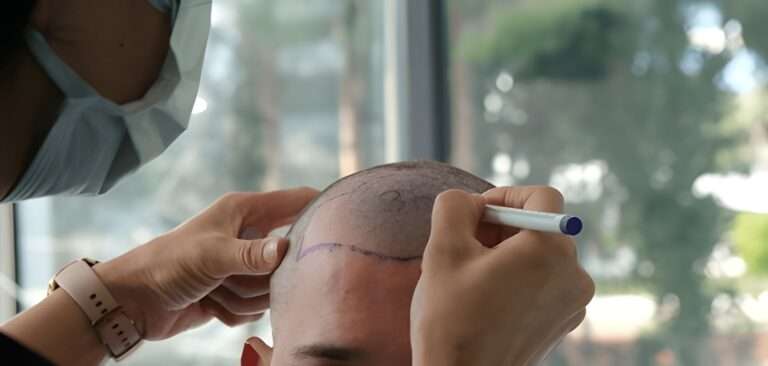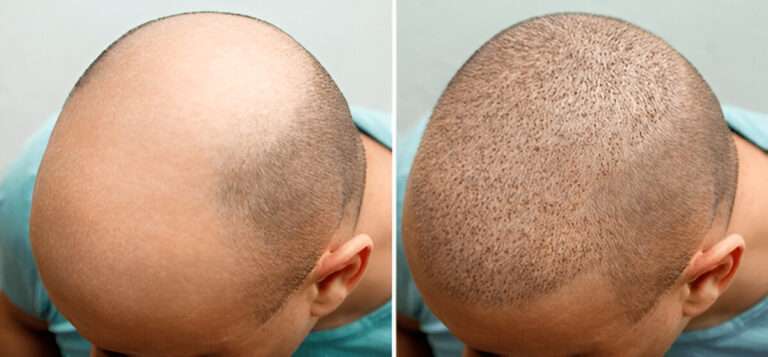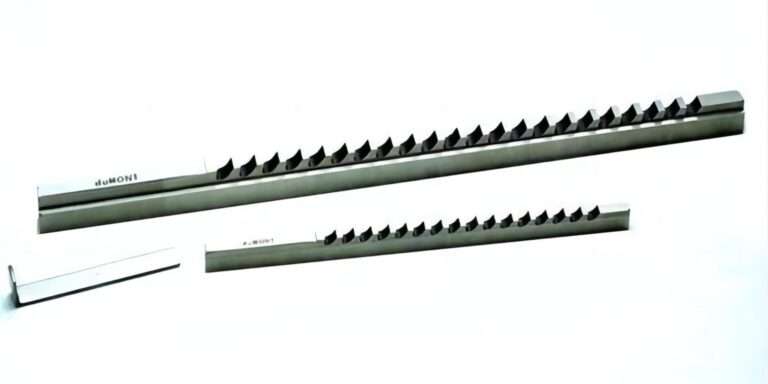Many potential patients wonder about the recovery time when considering a hair transplant in London. Understanding the healing process is crucial, as it helps set realistic expectations for your post-surgery journey. Recovery after a hair transplant UK can vary based on factors such as the technique used, your health, and how well you follow aftercare instructions. This article will guide you through the expected recovery timeline and provide tips to ensure the best results.
What Happens During a Hair Transplant?
Before diving into recovery, it’s essential to understand what happens during a hair transplant. The procedure involves relocating healthy hair follicles from one part of your scalp to areas where hair is thinning or balding. There are two main techniques for this:
- FUE (Follicular Unit Extraction): This method removes individual hair follicles from the donor area.
- FUT (Follicular Unit Transplantation): In this method, a strip of skin is removed from the donor area, and hair follicles are extracted from it.
Both procedures are designed to provide natural-looking, long-lasting results. However, the recovery process can vary slightly based on the technique used.
The Initial Days After a Hair Transplant
The most crucial is the first 24 to 48 hours after a hair transplant. Mild swelling, redness, and discomfort in the treated area are common. Your surgeon will prescribe pain medications to manage this discomfort.
During this time, your transplanted follicles will begin to settle into their new location. To ensure the healing process goes smoothly, it is important to follow the aftercare instructions provided by your surgeon. Most patients are advised to avoid touching or scratching the transplant area during the first few days.
Week 1: Post-Transplant Care
Most of the swelling and redness should subside during the first week after your hair transplant in London. However, there may still be some scabbing and slight discomfort. This is normal as the transplanted hair follicles adjust to their new site.
You may also notice the shedding of transplanted hair during the first week. This is a natural part of the “shock loss.” It can be disheartening, but rest assured that the hair follicles are still alive and will start growing new hair in a few months.
During this period, it’s crucial to take care of your scalp. Many clinics recommend gentle hair washing and topical treatments to promote healing. Avoid strenuous activities that may cause sweating or increase the risk of infection.
Week 2 to Week 4: Continued Healing
By the second week, you’ll see noticeable improvements in your appearance. Any initial swelling should have gone down, and the redness will continue to fade. Your hair transplant may still be healing, but the new hair follicles are starting to integrate with your scalp. The discomfort should be minimal; most patients can return to their regular routines.
It’s still important to avoid direct sun exposure during this period to prevent damage to the delicate transplanted follicles. Your surgeon may also advise you to continue avoiding rigorous physical activities to give your scalp ample time to heal.
Months 1 to 3: The Growth Phase
After about a month, you may see tiny new hair growth. However, don’t be alarmed if your transplanted hair sheds at first. As mentioned, this is entirely normal and part of the natural hair growth cycle. The transplanted follicles will enter a dormant phase, which may take a few months before visible hair growth begins.
Patience is essential during this period. Many people start seeing more noticeable growth between the 3rd and 6th months. Following the aftercare routine suggested by your doctor, which may include special shampoos, medications, or supplements to support hair growth, is crucial.
Months 3 to 6: New Hair Growth
Your hair transplant in London will show more visible results at this stage. New hair will begin to sprout from the transplanted follicles. It may still be fine or thin initially, but it gradually thickens over time. You should start to notice fuller hair in the transplant area.
Most patients can resume their regular activities at this point, but avoiding activities that could cause trauma to their scalp is essential. Gentle care will ensure your newly grown hair follicles continue to thrive.
Months 6 to 12: Full Recovery and Results
Around the six-month mark, you’ll see more significant results from your hair transplant. The new hair will continue to grow, thickening and blending in with your natural hair. Full results may take up to 12 months to manifest, with the transplanted hair continuing to grow in thickness and length.
By this stage, most of the initial swelling and redness should be gone, and you will be able to enjoy a fuller, more natural-looking head of hair.
Key Factors Affecting Recovery Time
It’s important to remember that recovery time can vary based on several factors, including:
- Technique Used: FUE may have a faster recovery time compared to FUT due to the less invasive nature of the procedure.
- Personal Health: Individuals who are generally healthy and follow post-procedure guidelines may heal faster.
- Aftercare: Proper aftercare is vital to ensure the quickest recovery. Following your surgeon’s instructions on washing, medication, and activities will help you heal faster.
- Age and Hair Characteristics: Younger patients with thicker hair may experience quicker recovery and more noticeable growth.
The Recovery Journey
While the recovery time after a hair transplant in London is around 6 to 12 months, the exact time frame can vary. Most patients can return to work and normal activities within a week, but full results may take several months. Be patient, follow your surgeon’s advice, and properly care for your scalp to ensure the best outcome.
If you are considering a hair transplant UK, choose the best clinic in London to ensure you receive the highest-quality care throughout your recovery.
More Articles: The Right Way to Wash Your Hair for Maximum Growth














